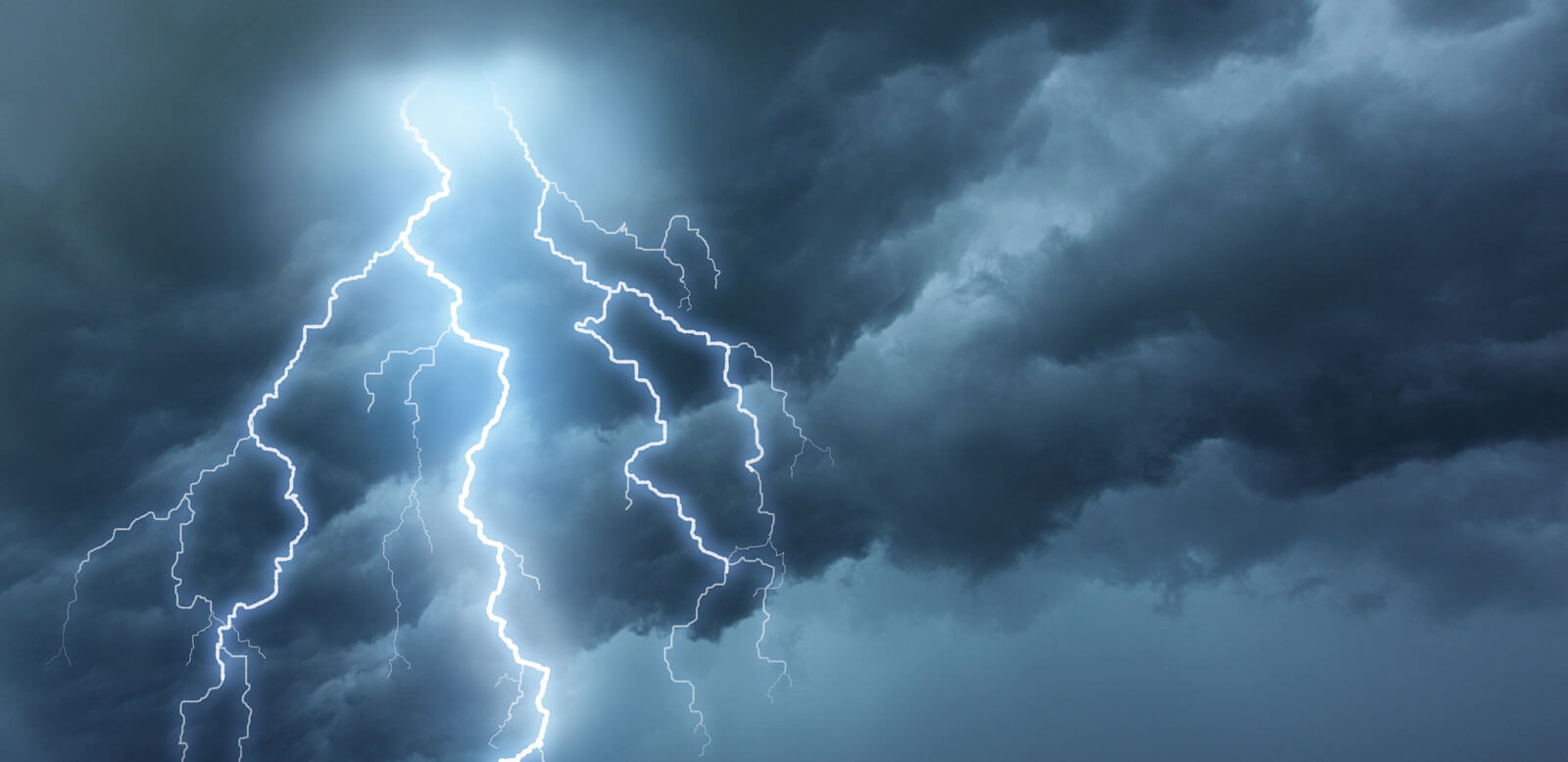
How to make a claim for lightning damage
November 4, 2020 — Homeowner insights | Insurance insights
Lightning may be spectacular to watch from a distance, but when your home is struck by lightning it’s anything but pretty. According to National Geographic, about 100 lightning bolts strike Earth’s surface every single second, and each bolt can contain up to one billion volts of electricity.
Safeguarding your home and personal property with the right insurance and understanding your lightning coverage is a first step. If your home experiences a lightning strike, having your home and belongings protected will help you return to normal as quickly as possible after a storm.
Understanding the claims process for lightning damage before you have a claim can help you feel calm and in control if your home becomes damaged.
How do I file a claim for lightning damage?
Your homeowners policy has requirements regarding reporting a loss. Most policies require prompt notification and may even have a time limit such as 30 or 60 days. Once the adjuster assesses the damage, the insurance company will offer you a settlement for repairs or provide funds to begin repairs.
How do insurance companies assess lightning damage?
Each insurance company will handle assessments differently. Often, the company will send out an adjuster to determine the cause and extent of the damage. With direct strikes, the damage is clear and evident. When lightning strikes in an area near the home, it is called a near miss, and while it can cause electrical damage, it is more difficult to trace. The same is true for ground surges.
What is an insurance loss affidavit?
In the case of a near-miss lightning strike, lightning damage can be difficult to pinpoint and showcase as the cause of damage to electronics or wiring. This most often occurs when lightning strikes near a property and is not a direct hit. In these situations, a lightning affidavit may be necessary to process your insurance claim. The lightning loss affidavit is completed by a service provider (usually a licensed electrician) who inspects the damage and confirms under oath that lightning was the source of the damage.
What is the difference between a power surge and a lightning strike?
Lightning strikes are just one cause of power surges. Power surges can also be caused by problems in transmission lines, maintenance work by the electrical company, a blown fuse or faulty wiring. The effect on the electronics and wiring are the result of power surges, regardless of the cause.
Can I claim for power surge damage?
Power surges caused by routine electrical maintenance may be covered by your policy and therefore may be eligible for claim submission. It’s important to know that some insurers do not cover electrical components, electronic circuitry and transistors in the event of an artificial surge. These items are largely responsible for making large appliances like refrigerators and stoves work, so they would not be covered. It is best to reach out to your agent and get a complete understanding of your policy’s coverages.
Safeguard yourself against Mother Nature’s light shows in three straightforward steps. Secure a homeowners policy through a qualified agent, know the lightning protection in the policy you select and understand your provider’s claims process. Then allow your focus to be on the things in life that really matter knowing your home and belongings are protected.
